Description
YOKOGAWA CP451-10 S2 – Control Processor Module for CENTUM FCS Reliability and Lifecycle Support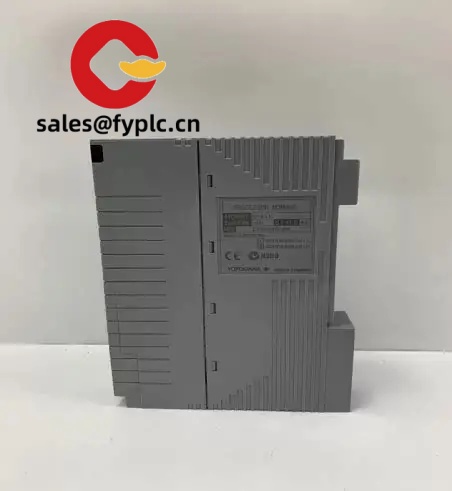
The YOKOGAWA CP451-10 S2 is a control processor module used in many CENTUM Field Control Station (FCS) builds. From my experience, it’s typically specified as the central CPU handling sequence control, communication services, and deterministic scan execution across the I/O subsystem. The S2 suffix indicates a hardware revision used in particular system configurations, which matters for firmware matching and redundancy pairing. Plants keep this module as a strategic spare to minimize downtime during scheduled turnarounds or an unexpected CPU fault.
Company’s Order Placement Process and Guarantees
- Warranty: 365 days
- Delivery: In-stock items typically ship within 1 week; no more than one month at the latest
- Payment: 50% advance payment; full payment prior to delivery
- Express options: FedEx, UPS, DHL
Key Features
- Deterministic control engine – Executes control cycles with stable scan times for continuous process duties.
- Redundancy-ready (system dependent) – Typically supports CPU redundancy in CENTUM FCS to allow bumpless switchover when configured as a pair.
- Backplane-powered – No field power wiring; power is supplied through the FCS base/backplane for clean installation.
- Vnet/Vnet-IP networking (by system) – Works with the Yokogawa plant network layer used for peer communications and supervisory integration.
- Lifecycle-friendly – Commonly used as a drop-in spare for like-for-like replacement in existing systems, reducing engineering effort.
- S2 hardware revision – The S2 variant aligns with specific system firmware levels and configuration rules.
- No direct field I/O – The CPU orchestrates I/O via the system bus and remote/compact I/O modules, which simplifies field wiring isolation.
Technical Specifications
| Brand / Model | YOKOGAWA CP451-10 S2 |
| Product Type | Control Processor Module for CENTUM FCS |
| HS Code | 8537.10 (Boards, panels, consoles for electric control, ≤1000 V) |
| Power Requirements | Supplied via system backplane (typically 5 V DC provided by the FCS power supply; no field power) |
| Operating Temperature | Typically 0 to 50°C (32 to 122°F), non-condensing; follow cabinet specs used for the FCS |
| Signal I/O Types | No direct field I/O; controls I/O modules via system bus/backplane |
| Communication Interfaces | Vnet / Vnet-IP for plant network (varies by FCS generation); internal backplane bus to I/O |
| Installation Method | Plug-in module for Yokogawa FCS base/backplane; CPU redundancy supported when system-configured |
Note: Exact firmware/compatibility should match the host FCS type and revision. The S2 hardware revision typically follows specific version pairing rules.
Application Fields
The CP451-10 S2 is commonly used in continuous and batch process industries where CENTUM-based control is standard:
- Oil & gas (upstream separation, midstream pipelines, downstream refining)
- Chemical and petrochemical units
- Power generation (boiler/turbine auxiliaries), utilities and balance-of-plant
- Water & wastewater treatment skids
- Pharmaceutical and specialty process lines
You might notice that maintenance teams often favor this module for its stable cycle times and straightforward swap procedure—especially in redundant CPU pairs—helping them keep production steady after a planned cutover.
Advantages & Value
- Reliability – Proven Yokogawa CPU platform designed for 24/7 operation in harsh plant environments.
- Compatibility – Typically drop-in for matching CENTUM FCS racks; minimizes engineering rework.
- Redundancy options – Supports primary/standby configurations to maintain control continuity.
- Lifecycle support – Ideal as a critical spare; reduces risk of extended downtime.
- Technical backing – Documentation and field experience are widely available, which simplifies commissioning and recovery procedures.
Installation & Maintenance
- Environment – Mount in a clean, well-ventilated control cabinet. Keep ambient within the system’s specified range and avoid condensation.
- Wiring – No field wiring is landed directly on the CPU. Ensure the backplane connectors are clean and properly seated.
- ESD safety – Handle with an anti-static wrist strap and store in ESD-safe packaging.
- Redundant swap – For redundant systems, place the standby CPU in maintenance mode and follow the vendor switchover procedure. In many cases, firmware levels must match.
- Firmware and configuration – Verify the module firmware against the project revision before commissioning. Back up the controller database prior to any replacement.
- Routine checks – Periodically inspect backplane connections and cabinet cooling; review diagnostics in the engineering station for early fault indicators.
Quality & Certifications
Yokogawa control modules are typically delivered compliant with major industrial standards:
- CE conformity
- RoHS compliance
- UL/CSA recognition on many variants (check label for the specific unit)
- Manufactured under ISO-certified quality systems
Field feedback from a recent refinery turnaround was straightforward: swapping a like-for-like CP451-10 S2 in a redundant FCS pair took under an hour including validation, mainly because firmware alignment had been prepared ahead of time. That’s usually where the time savings come from.
Related & Supporting Components
The CP451-10 S2 operates within a Yokogawa FCS rack alongside other modules. Depending on the system generation, you’ll typically see:
- Power supply modules for the FCS backplane (to provide regulated DC to the CPU and I/O)
- Vnet/Vnet-IP communication interfaces for plant network connectivity
- AI/DI/AO/DO I/O modules (remote or compact) managed by the CPU
- Redundant CPU pairing (a second CP451-series module of the same revision and firmware)
- Engineering station software and cables for configuration, diagnostics, and firmware loading
If you’re qualifying alternatives within the same family, engineers often compare CP401/CP451/CP461/CP471 series units and then align on the exact revision/firmware required by the site’s control strategy and network stack.





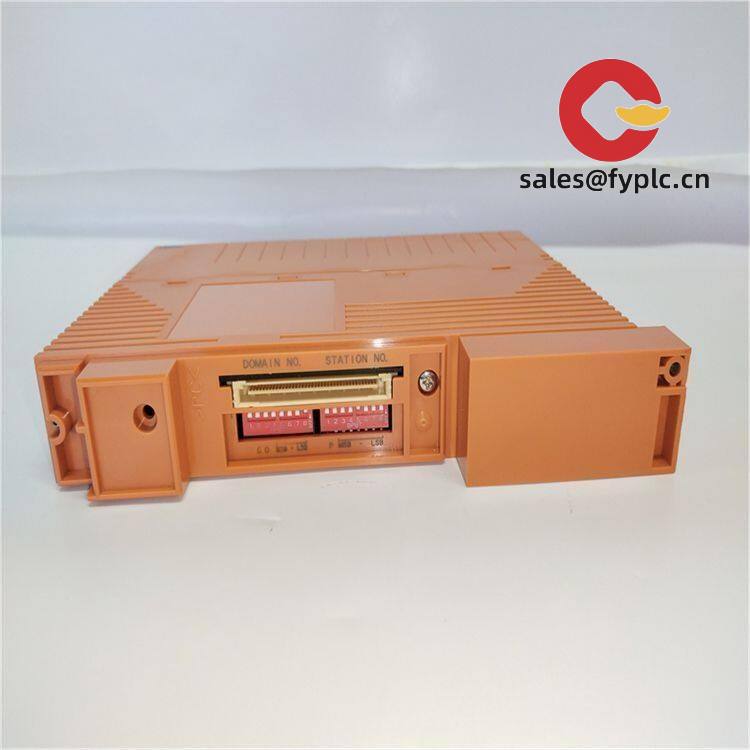
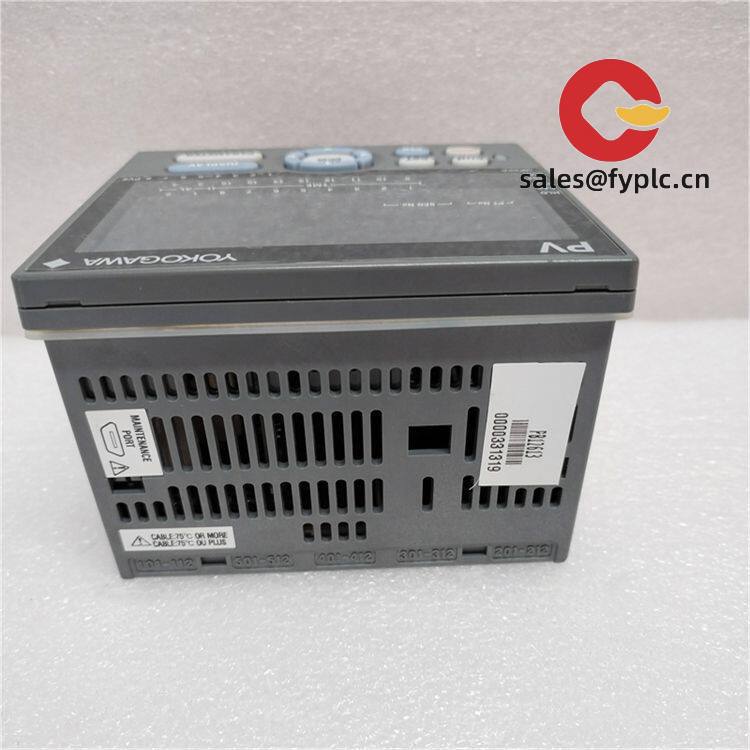
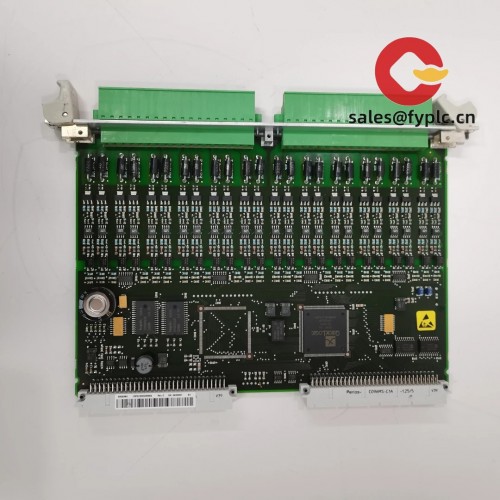
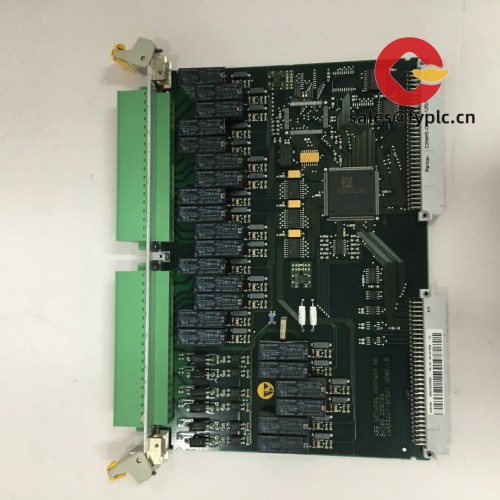
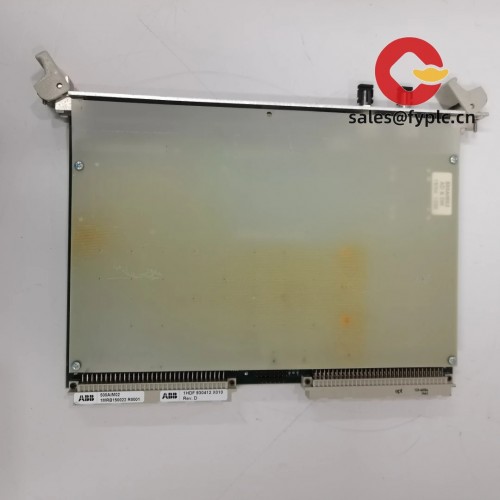

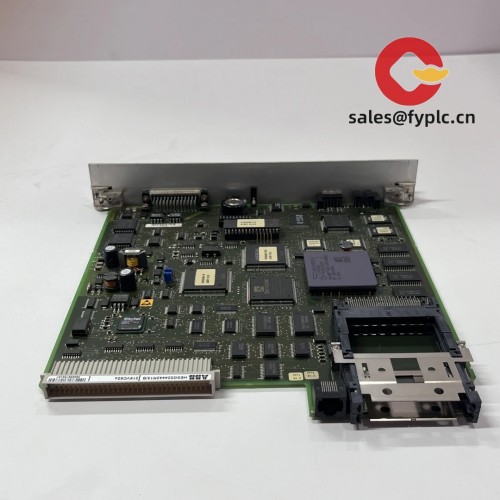


Reviews
There are no reviews yet.